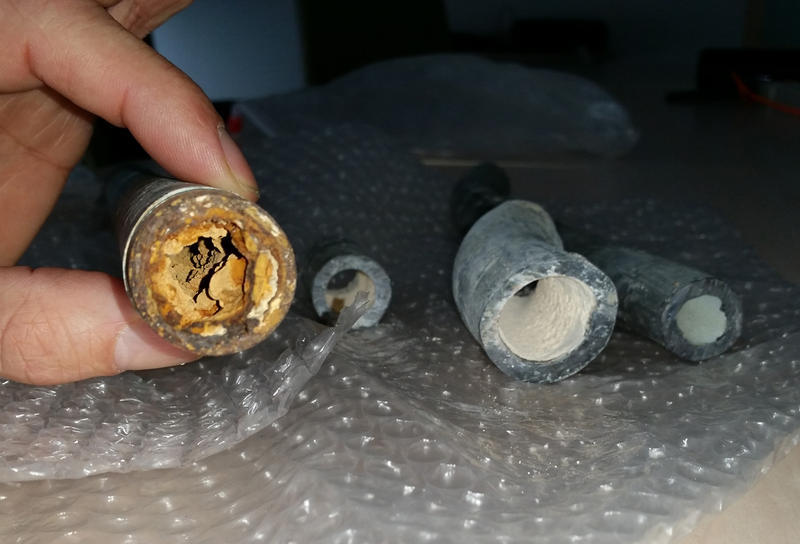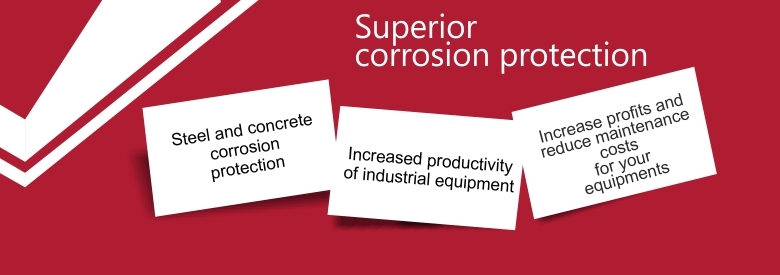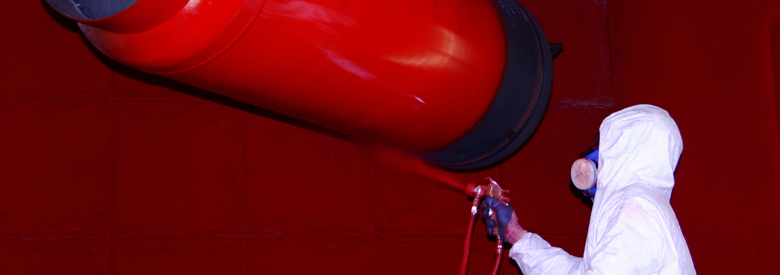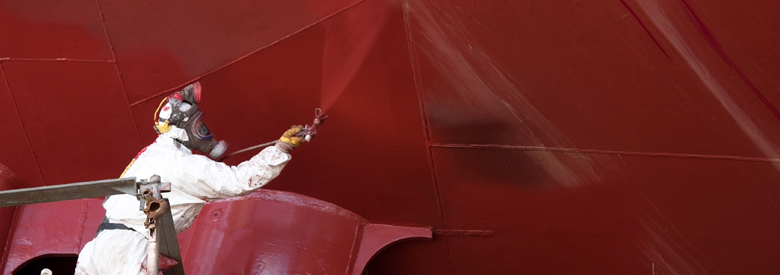Flint: Water pipes without corrosion protection. What do you think?

(pipe affected by corrosion - Photo: Rebecca Williams Michigan Radio)
In previous articles, we presented the effects of water crisis in the city of Flint and extending them to the entire sector Flixborough. All these events were triggered by lack of preventive behavior, causing corrosion. US media criticized the lack of appropriate actions persons responsible for water distribution.
Phosphates
The phosphates were used as a method of preventing corrosion. But when the flow of water was directed to the city of Flint, these phosphates have not been added. The persons responsible have not understood the consequences of this. Subsequently, the pipeline network was affected by corrosion, threatening the lives of people in the local community.
A number of responses
The case has not escaped the attention of specialists in the chemical field. Michael Torre made an article about the event in the city of Flint How Ended Up Lead In Flint`s Tap Water. From the analyzes, revealed lead concentrations 900 times higher than the limit allowed by the Environmental Protection Agency.
To better understand the phenomenon, water is transported long distances through the piping. Water molecules react with piping structure. "The distribution network acts as a geochemical reactor", said Haizhou Liu, a specialist in environmental engineering from the University of California. "There are miles and miles of pipelines - some iron, copper and lead - that are subject to corrosion”.
pH of the water and chemical factors
Through continuous pH decreases, resulting in the lack of goals this as part of a plan to prevent corrosion. Usually, those responsible for water distribution find an optimal pH to prevent corrosion. For example, in Boston constant pH was 9.5 in 2015.
Another factor that contributed to the emergence and expansion of corrosion is represented by the concentration of chloride. Environmental engineering experts fear high levels of chloride, because studies show that the corrosion is favored by higher concentrations of 0.58.
For more information corrosion control and anticorrosion products application, we provide the following contacts. Also, here you have two articles about protecting a pipeline network with a length of 90 km and about reconditioning of a tank on a water treatment plant.
Together we will identify the best technical solution for more safety in water distribution and significantly reduce maintenance costs!
Join the Corrosion Protection Commnity to keep in touch with the latest corrosion protection news!













